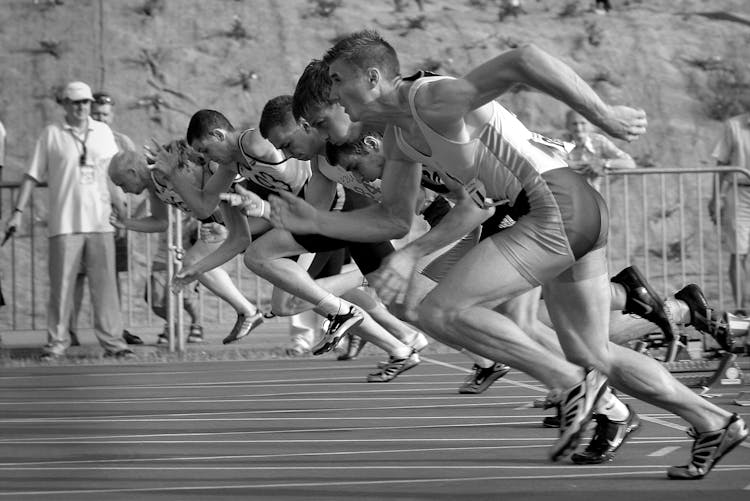All Categories
Featured
Table of Contents
Agility courses for dogs not only serve as a stimulating physical challenge but also enhance the mental acuity of our canine companions. Structured to include a variety of obstacles such as jumps, tunnels, and weave poles, these courses mimic natural scenarios that dogs might face in the wild, thereby tapping into their instinctual problem-solving skills. The vigor required to maneuver these obstacles ensures a comprehensive workout, addressing both the cardiovascular and musculoskeletal systems of dogs, which is essential for their overall health and longevity.
The stimulation extends beyond the physical realm, as navigating an agility course demands constant mental engagement. Each obstacle presents a unique challenge that dogs must overcome, which keeps their minds sharp and focused. Moreover, the variety within agility courses prevents the monotony that can lead to disinterest in other forms of exercise. The result is a happier, healthier dog, who enjoys the benefits of an active lifestyle.
Training for agility does more than just physical conditioning; it fosters a deeper bond between the dog and its handler. This partnership is built on trust and communication, crucial elements that enhance the effectiveness of the training. Dogs become more attuned to their owner's cues and commands, which can improve behavior even outside the agility course.
Understanding Agility Training Tools and Their Uses
The landscape of an agility course is dotted with various pieces of equipment, each serving a distinct purpose to challenge different aspects of a dog's capabilities. Jumps test coordination and control, tunnels target speed and agility, while weave poles evaluate precision and timing. Additionally, contact equipment such as teeters, balance beams, and ramps require dogs to manage their center of gravity and fine-tune their motor skills—a testament to the comprehensive nature of agility training.
Selecting the right agility equipment is crucial for efficiently advancing in training while ensuring the safety of the canine athletes. Equipment made from durable, weather-resistant materials that are also gentle on the paws and joints can drastically reduce the risk of injuries and ensure longevity in the sport.
Effective Training Methods for Canine Agility
Introducing a dog to agility involves a gradual, positive approach where each obstacle is broken down into manageable parts. Initially, training might focus simply on getting the dog to approach and interact with new obstacles without hesitation. As the dog becomes more comfortable, the complexity of the tasks increases, gradually encouraging them to complete courses with increasing speed and precision.
Focusing on positive reinforcement techniques, handlers reward successful navigation of obstacles with treats, play, or verbal praise. This reinforcement not only motivates the dog but also makes the training sessions a fun and enjoyable experience, further strengthening the dog-handler bond and ensuring that the dog's mental health is cared for alongside its physical health.
Navigating Dog Agility Competitions
Dog agility competitions offer an excellent platform for dogs and handlers to test their skills against others in a dynamic and often high-energy environment. These events not only showcase the fitness and training of the dogs but also their ability to work under pressure and in new environments, which can significantly enhance a dog’s adaptability and confidence.
Competitive agility provides additional motivation for handlers and their dogs to refine their techniques and improve, as they vie for recognition and awards. Whether local fun matches or high-stakes national competitions, participating in these events can be tremendously rewarding and a great way to connect with like-minded enthusiasts.
Prioritizing Safety in Agility Training
Safety in agility training cannot be overstressed. Before entering any course, dogs should undergo a basic fitness evaluation to ensure they are capable of the physical exertion required. Handlers must also be educated on how to guide their pets safely and recognize signs of fatigue or distress. Regular maintenance and checks of the agility equipment prevent unfortunate accidents and injuries.
The implementation of adequate warm-up and cool-down routines further prepares a dog's body for the strenuous activity and aids in recovery post-training, illustrating the all-encompassing approach required to practice agility safely and effectively.
Reflecting on the Impact of Agility Training
Agility courses are more than just a playground for dogs; they are sophisticated training regimes that enhance physical fitness, mental acuity, and the emotional bond between dogs and their handlers. The progressive nature of the training involved allows for continuous learning and improvement, providing endless opportunities for dogs of all breeds and ages to thrive. Properly executed, agility training can significantly enrich the quality of life for our canine companions, making it a worthwhile endeavor for any dog owner.

Most Recommended
Latest Posts
Overview of Kubik's Funding Milestones
Arranging and Validating Service Appointments
Exploring AppSumo's Key Features and Offerings